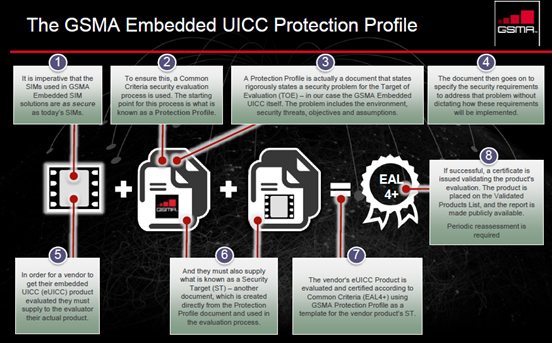China and Japan exchange more than $200 billion worth of goods each year, and more and more of those products are shipping with embedded SIM cards to enable connections to cellular networks. Now China Mobile and NTT DoCoMo have integrated their embedded SIM platforms so that vehicles and machines can easily connect to carrier networks in both countries.
The multi-vendor eSIM is based on the GSMAv3.1 standard, which specifies an architecture for remote provisioning of embedded universal integrated circuit cards. UICCs are the SIM cards now used in smartphones; they include microprocessors and embedded software, and communicate using internet protocol. Embedded UICCs are those that can be soldered into devices and remotely provisioned by network operators. These are ideal for many internet of things applications.
NTT DoCoMo and China Mobile have been jointly developing IoT technologies through a strategic cooperation framework agreement, and the companies said their new multi-vendor eSIM system is one of the results of this agreement.
China Mobile uses Gemalto’s subscription management platform and NTT DoCoMo uses Giesecke & Devrient Mobile Security. The carriers said their multi-vendor eSIM system incorporates the subscription management platforms of both vendors.
Gemalto and Giesecke & Devrient have been working together for several years. The two embedded security specialists are partnered with ARM in a joint venture that is working to create a common security standard for mobile devices.
For NTT DoCoMo, the integrated eSIM platform builds on the carrier’s existing remote eSIM provisioning technology. NTT DoCoMo has provided remote provisioning for IoT devices since 2014, and this year the carrier added the capability for consumer devices and wearables.
This June, GSMA released a new standard for remote provisioning of embedded SIM cards. GSMAv3.2 is available for comment through July 28, 2017.

